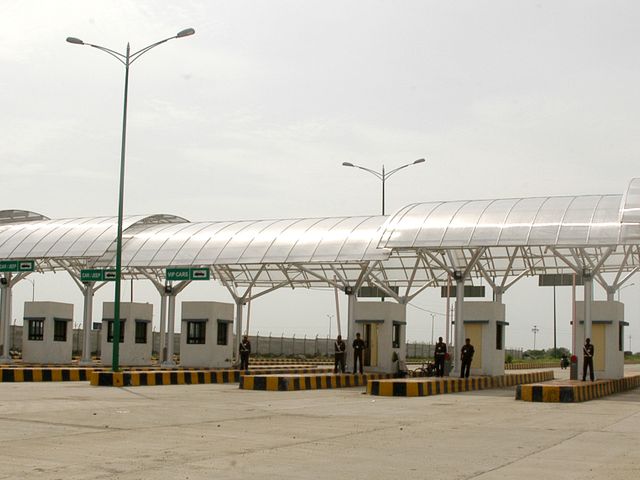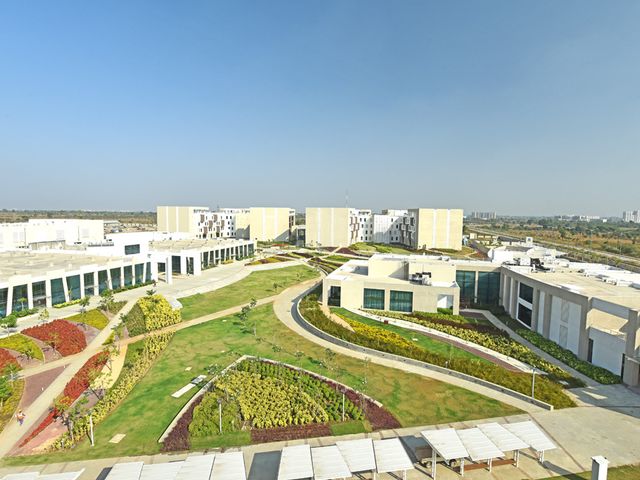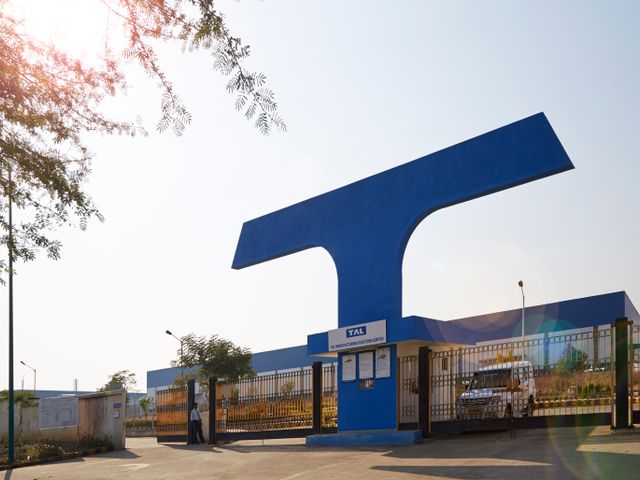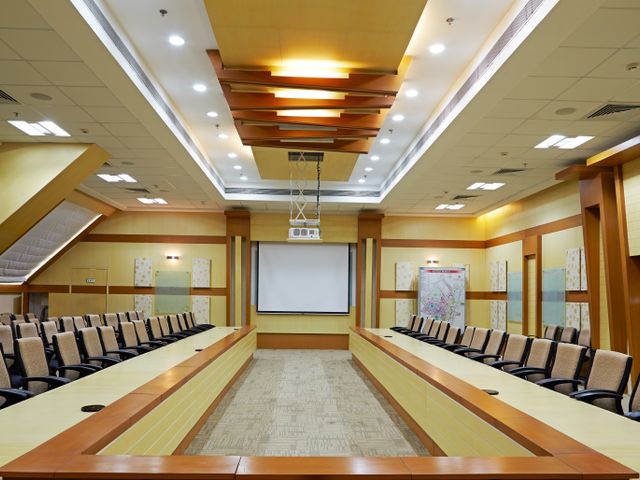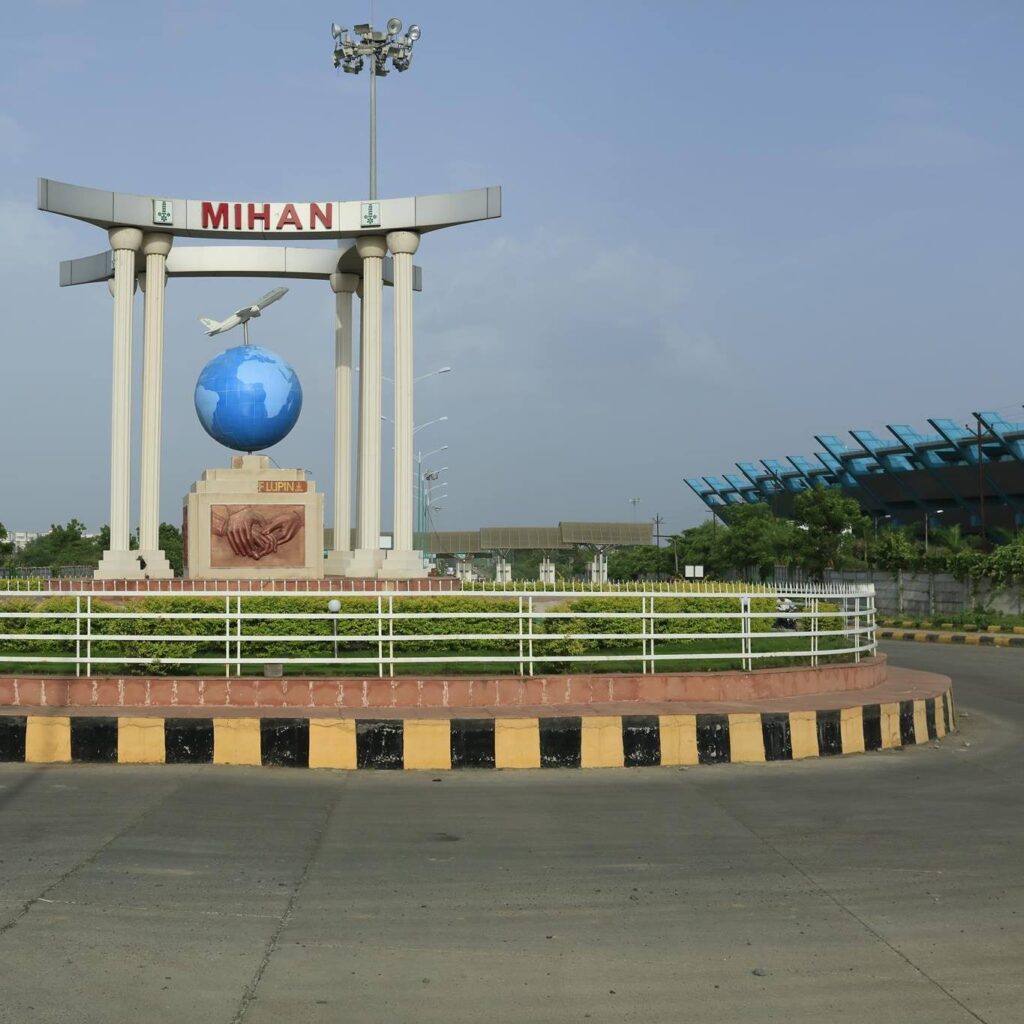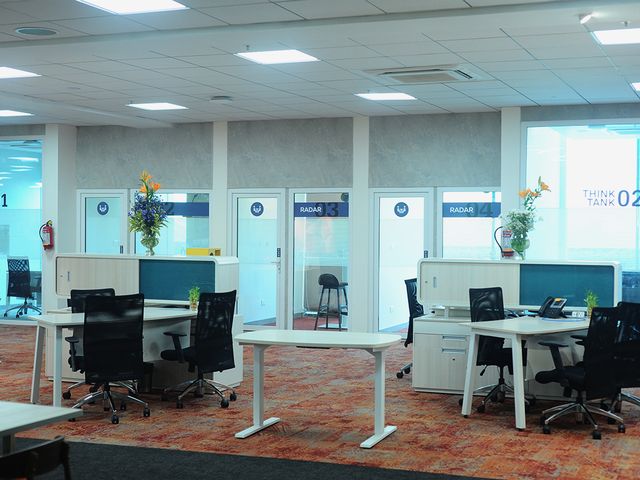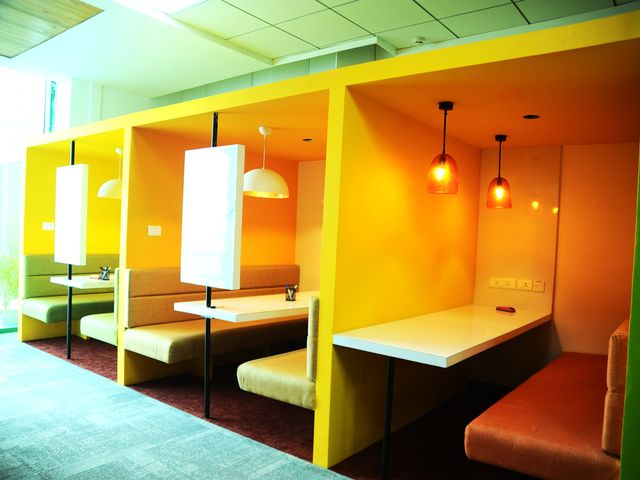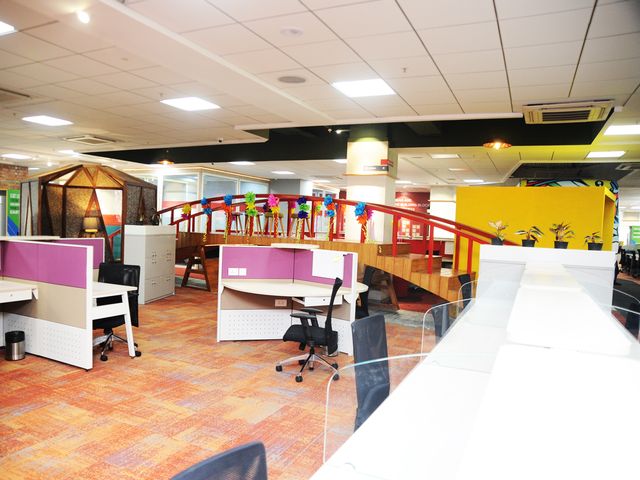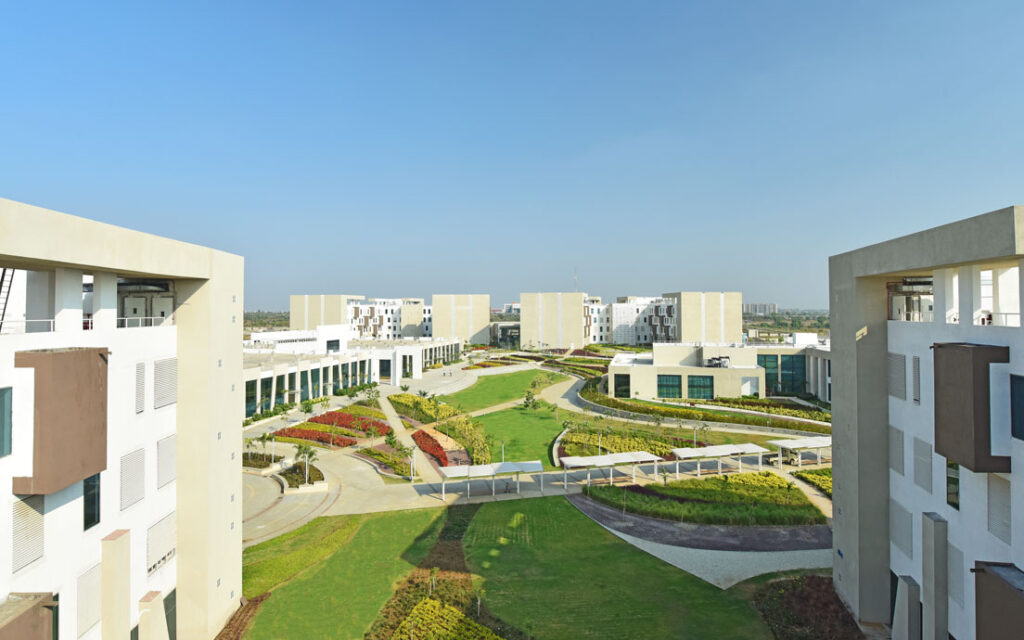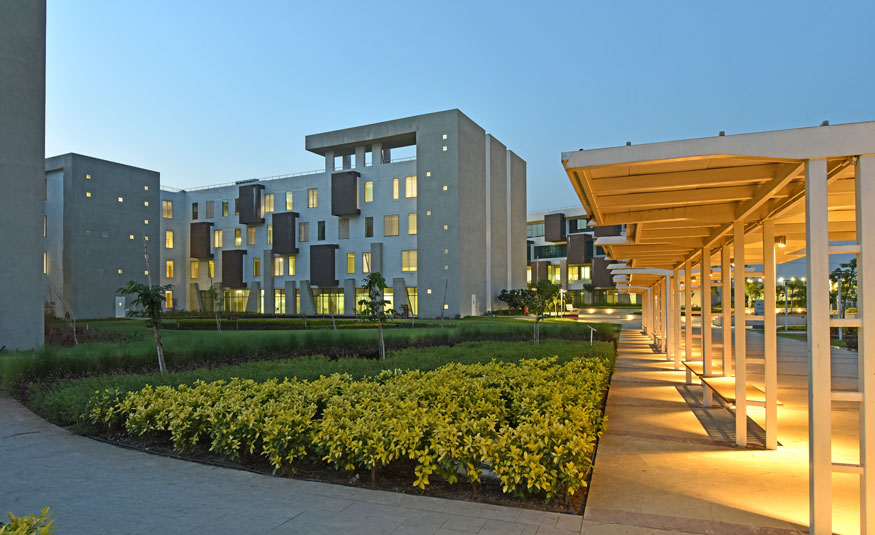Description
Introduction
The Multi-modal International Hub Airport at Nagpur (MIHAN) is an ambitious project aimed at transforming Nagpur into a global logistics and passenger hub. Developed by the Maharashtra Airport Development Company Ltd. (MADC), MIHAN combines a world-class airport with a multi-product Special Economic Zone (SEZ), making it a cornerstone for economic growth and infrastructure development in central India. This project not only enhances the aviation capabilities of the region but also fosters a conducive environment for various industries, creating vast opportunities for employment and investment.
Strategic Importance
Nagpur, located at the geographical center of India, holds strategic significance for both national and international logistics. The city is the second capital of Maharashtra and the largest urban agglomeration in central India, making it an ideal location for a logistics hub. The central location on international aviation routes makes Nagpur an optimal choice for a multi-modal transport hub. The MIHAN project aims to leverage this strategic advantage to attract investments, boost regional development, and alleviate the developmental backlog of the Vidarbha region.
Project Components
Airport Expansion
The MIHAN project includes the expansion and modernization of Dr. Babasaheb Ambedkar International Airport. The upgraded airport is designed to handle a significant increase in passenger and cargo traffic, with provisions for two parallel runways, a semi-circular terminal building, and dedicated terminals for international and domestic flights. The airport will also feature maintenance hangars, workshops, and ample parking space for aircraft, positioning it as a major hub for both passenger and cargo services.
Special Economic Zone (SEZ)
The SEZ component of MIHAN spans approximately 2,086 hectares and is designated as a multi-product SEZ. This zone is designed to host a diverse range of industries, including IT parks, pharmaceuticals, food processing, and manufacturing units. The SEZ offers several incentives to attract businesses, such as tax exemptions, simplified regulations, and robust infrastructure. Major companies like Infosys, TCS, Tech Mahindra, Lupin, and Boeing have already established their presence in the SEZ, highlighting its potential as a prime investment destination.
Connectivity and Infrastructure
Road and Rail Connectivity
MIHAN boasts excellent road and rail connectivity, facilitating seamless movement of goods and passengers. The project includes the development of a comprehensive road network within the SEZ, featuring 6, 4, and 3-lane roads. Additionally, a dedicated rail terminal and warehousing facilities have been developed to support logistics operations. This multi-modal connectivity ensures efficient transport solutions, reducing transit times and operational costs for businesses.
Utilities and Amenities
To support the industrial and commercial activities within MIHAN, extensive utility infrastructure has been developed. This includes a captive power plant with a capacity of 246 MW and a 25 MW DG set for backup, ensuring uninterrupted power supply. The water treatment plant with a capacity of 100 million liters per day and a sewage treatment plant with a capacity of 40 million liters per day cater to the water and waste management needs of the SEZ. Additional amenities such as street lighting, telecommunication networks with optical fiber connectivity, and dual water supply systems further enhance the operational efficiency of the zone.
Social Infrastructure
MIHAN is not just about industrial and commercial development; it also focuses on providing comprehensive social infrastructure to support the workforce. An international school, hospital, hotels, residential townships, and recreational facilities are part of the project, ensuring a high quality of life for residents and employees. The presence of these amenities makes MIHAN an attractive location for professionals and their families, contributing to the overall development of the region.
Economic Impact
Employment Generation
One of the significant benefits of the MIHAN project is its potential to generate substantial employment opportunities. It is estimated that upon completion, MIHAN will create around 150,000 direct jobs and 300,000 indirect jobs. This employment generation will have a cascading effect on the local economy, boosting income levels and improving the standard of living for the residents of Nagpur and surrounding areas.
Investment and Economic Growth
MIHAN is poised to attract significant domestic and foreign investments. The presence of major corporations and the robust infrastructure offered by the SEZ make it a lucrative destination for investors. The project has already seen investments worth billions of dollars, and this trend is expected to continue as more companies recognize the benefits of operating from MIHAN. The economic activities generated by these investments will contribute to the GDP growth of Maharashtra and, by extension, India.
Environmental Considerations
While the focus of MIHAN is on development and growth, environmental sustainability is also a key consideration. The project includes several measures to minimize its environmental impact, such as the establishment of green belts, use of recycled water for irrigation, and installation of energy-efficient systems. These initiatives ensure that the development is sustainable and environmentally friendly, aligning with global standards for eco-friendly infrastructure projects.
Challenges and Future Prospects
Challenges
Despite its many advantages, the MIHAN project faces several challenges. Ensuring timely completion of infrastructure projects, maintaining regulatory compliance, and managing environmental concerns are some of the hurdles that need to be addressed. Additionally, attracting and retaining skilled talent to support the diverse industries within the SEZ is crucial for its long-term success.
Future Prospects
The future prospects for MIHAN are promising. With continuous support from the government and active participation from the private sector, MIHAN is well-positioned to become a leading industrial and logistics hub in Asia. The project's success will not only transform Nagpur but also serve as a model for similar initiatives across the country.
Conclusion
MIHAN SEZ at Nagpur is a transformative project that epitomizes the synergy between strategic location, robust infrastructure, and proactive governance. By creating a multi-modal transport hub and a multi-product SEZ, MIHAN is set to drive economic growth, generate employment, and position Nagpur as a key player in the global logistics and industrial sectors. As the project progresses, it will continue to attract investments, foster innovation, and contribute to the sustainable development of the region. The MIHAN SEZ is indeed a beacon of progress, showcasing the potential of well-planned infrastructural development in shaping the future of India's economy.



